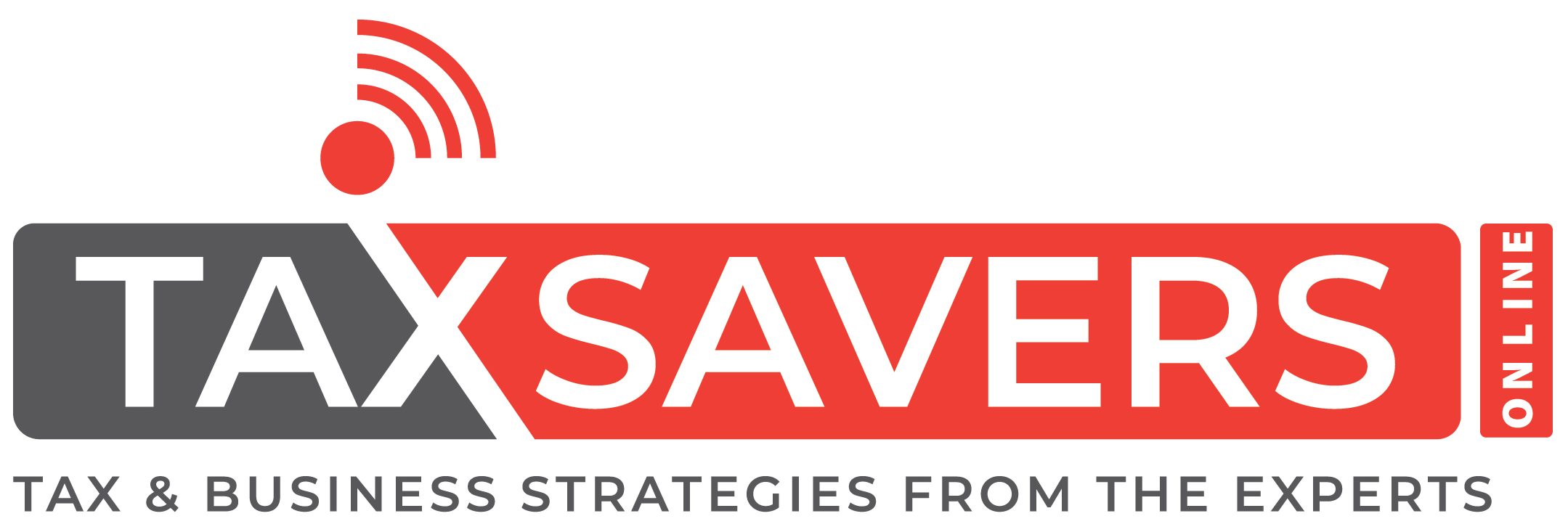Let’s face it, filing your taxes each year can be a daunting task that almost no one wants to deal with. If you are just starting your career or your business and you need help figuring out the best tax strategies to get the most out of your tax return this year, then there are a few tax tips you need to be aware of. In this brief tax help guide, we will cover 12 helpful tax strategies that are great for beginners

Contents
1. Understand Your Tax Bracket
The first step you must take to start your financial planning process is to know which tax bracket you fall into. The tax system in the United States is progressive, meaning that people with higher taxable incomes are higher to higher tax rates.
On the other hand, people with lower taxable incomes are subject to lower tax rates. Today, there are seven federal income tax brackets.
The seven federal tax brackets are:
- 10%
- 12%
- 22%
- 24%
- 32%
- 35%
- 37%
It is important to note that you probably won’t pay that rate on your income, regardless of your bracket.
Why?
For one, there are tax deductions available for your to deduct from your taxable income. This explains why your taxable income is typically not the same as your total income or salary.
Second, you don’t multiply your taxable income by your tax bracket. Instead, the government will divide your taxable income into chunks, and then they tax each of those chunks at a specified rate.
For example, a single filer with $32,000 in income would put you in the 12% tax bracket. This does not mean that you pay 12% on all $32,000 of your taxable income. Instead, on your first $9,876, you pay 10%, and on the rest of your income, you pay 12%.
Now, if you earned $50,000 in taxable income, you actually fall into two separate tax brackets. So with this example, you would have your first $9,876 taxed at 10%, and the rest, up to $40,125, gets taxed at 12%. Your taxable income falls in the 22% bracket for the remaining amount.
2. Know the Difference Between Tax Credits and Tax Deductions
Every filer rejoices at the tax credit and tax deduction portion. This is because both of these reduce your tax bill in very different ways. Knowing the difference between the two can create very effective tax strategies that reduce your overall tax bill.
Tax Deductions
Tax deductions are specific expenses that you’ve incurred that can be subtracted from your overall taxable income. These deductions reduce how much of your income is subject to taxes.
Tax Credits
Tax credits are even better than tax deductions because they provide you with a dollar for dollar reduction on your tax bill. For example, if you receive a tax credit of $1,000, you can use that $1,000 to reduce your tax bill.
3. Itemizing vs. Standard Deductions
A big part of your tax planning strategy is deciding whether you want to take the standard deduction or itemize. Both of these choices can play a massive role in your final tax bill.
Standard Deduction
Standard deductions are flat-dollar tax deductions. When you take the standard deduction, it makes your tax prep go much faster. Many taxpayers prefer to go this route instead of itemizing to save time on their taxes.
Congress sets the standard deduction amount, and they adjust it each year for inflation. The standard deduction amount you qualify for depends mainly on your filing status.
For example, if your filing status is “single,” then you qualify for a standard deduction of $12,950 for the 2022 tax year. If your filing status is head of household, then you are eligible for a deduction of $19,400. If you are unsure of your filing status, you can reach out to a tax professional for more help.
What Does It Mean to Itemize My Deductions?
If you prefer to itemize your deductions instead of taking the standard deduction, you will need to determine which individual tax deductions you qualify for. Most people itemize their deductions if their itemized deductions add up to more than the standard deduction. People who go this route must make sure to take into account all of their deductions throughout the year.
If you do decide to itemize your deductions, it can take longer to complete your taxes. You also will need to make sure that you have proof of said deductions. Make sure that you use the IRS Schedule A document to claim all of your itemized deductions.
There are some tax strategies that make itemizing fairly attractive. For example, if you own a house, your deductions for property tax and mortgage interest can easily add up to be more than the standard deduction. If so, that can save you a lot more money on your tax bill.
Itemizing your taxes is more complicated than taking the standard deduction, but if you feel that your itemized deductions will save you more money, make sure to reach out to a tax professional for more help. They will be able to see what other deductions you qualify for that you may not be aware of.
4. Popular Tax Deductions and Credits
There are several hundreds of different credits and deductions out there for you to use, and they all have their own rules on who qualifies for what. A few big ones are the American Opportunity Credit, Adoption Credit, and charitable contributions.
The American Opportunity Credit helps if you are a college student or have dependents in college. You can claim this credit for four years, and you can lower your tax bill up to $2,500. If you have children under the age of 18, you can also claim the Child Tax Credit.
Other available deductions and credits:
- Residential energy tax credit
- Saver’s credit
- Lifetime earning credit
- Medical expenses
- Home office expenses
There are so many other available deductions for you to use on your upcoming tax return.
5. Know What Tax Records to Keep
Keeping your documents submitted with your tax returns is crucial, especially if you get audited by the IRS. In general, the IRS has three years to decide if they want to audit your return or not, so make sure you keep your records handy for at least three years.
There are other instances where the IRS has a longer limit on auditing your records. For example, the IRS has up to six years to audit you if your underreported your income more than 25%.
The IRS also has up to seven years if you wrote off a loss from a “worthless security.” If you did not file a tax return or you committed tax fraud, the IRS does not have a time limit for when they can audit your records.
6. Tax Strategies to Cut Your Tax Bill or Shelter Income
Credits and deductions are an excellent way to cut your tax bill, but there are other strategies available for you to use to keep the IRS’ hands off your money. For example, you can put money in your 401(k). Your employer may offer a 401(k) investing and savings plan that provides you with a tax break on the money you set aside for retirement.
The IRS won’t tax what you put into your 401(k). In 2022, you have the opportunity to funnel up to $20,500 per year into your account. If you are self-employed, you still have the option to open your own 401(k).
7. Invest in Municipal Bonds
When you buy a municipal bond, you are essentially lending money to a local or state government entity for a specific number of interest payments over a preset period of time. The full amount of your original investment is repaid back to you once the bond reaches its maturity date. Interest on these bonds is exempt from federal taxes and can be tax-exempt at the local and state level as well.
8. Start A Business
In addition to creating another form of income, side businesses offer many excellent tax advantages. You can deduct many expenses from your income, reducing your total tax obligation.
By following the Internal Revenue Service guidelines, you may deduct part of your home expenses with the home office deduction. There are other tax deductions you may be able to use, such as deducting your mileage if you need to drive to meet with a client.
You can deduct a portion of your internet and utilities used for your business. In order to claim these types of deductions, you must conduct business to make a profit.
9. Long Term Gains
Investing is an excellent tool to use to grow wealth. When you invest in mutual funds, stocks, bonds, and real estate, you have access to favorable tax treatment for long-term capital gains.
If you are an investor holding a capital asset for more than one year, you can enjoy a preferential tax rate of either 0%, 15%, or 20% on the capital gain, depending on your income level.
If you hold your assets for less than a year before you sell them, the capital gain is then taxed at ordinary income rates. When you partner with a tax planner, they can help you determine how and when to sell depreciated or appreciated securities to maximize losses and minimize gains.
10. Use Your Health Savings Account
If you already have a high-deductible health insurance plan, you can use a health savings account, also known as an HSA, to reduce your tax liability. Contributions to an HSA are tax-deductible, and the withdrawals you make from this account are tax-free as long as you use the money for qualified medical expenses.
Any contributions you make to your health savings account are 100% tax-deductible from your income. Your employer may offer health savings accounts, or you have the option to start your own account at your local bank or other financial institution. In 2022, the maximum deductible contribution level is $3,650 for individuals and approximately $7,300 for families.
11. Get a 529 Plan
If you have a child that you plan on sending off to college, you can open a 529 to save for their future tuition. Not only are you saving money for your child’s education, but you also can reduce your tax bill. A 529 savings plan is a savings account operated by an educational institution or by the state.
You can’t deduct the contributions on your federal income tax, but you may be able to make deductions on your state return if you are putting money in your state’s 529 plan. Be mindful that there may also be gift tax consequences if your contributions exceed $15,000.
12. Fund Your FSA
An FSA, also known as a flex spending account, is an account you put money into to pay for certain health care costs. The IRS allows you to funnel tax-free dollars into your FSA each year from your paycheck.
It is important to note that an HSA and an FSA are similar, but there are critical differences between the two. An FSA is offered by your employer, but they are not as flexible as an HSA.
With an HSA, you can control your funds and roll over your contributions into the following year, whereas with an FSA, you can’t. Your employer owns the FSA, and you must use the funds before the year is up.
Get Help With Your Taxes Today
Filing and handling your own taxes can be challenging, especially if you are unsure of the deductions you qualify for. There are hundreds of available tax credits and deductions available that you may or may not be aware of.
Having the right tax planning strategy can save you hundreds if not thousands of dollars when executed effectively and legally. If you are ready to create effective tax strategies, contact us now. Our team is fully prepared to answer any questions or concerns you have about filing your taxes and getting the best out of your return.
Learn More
The 7 Best Retirement Plans Out There






8 thoughts on “12 Helpful Tax Strategies for Beginners”